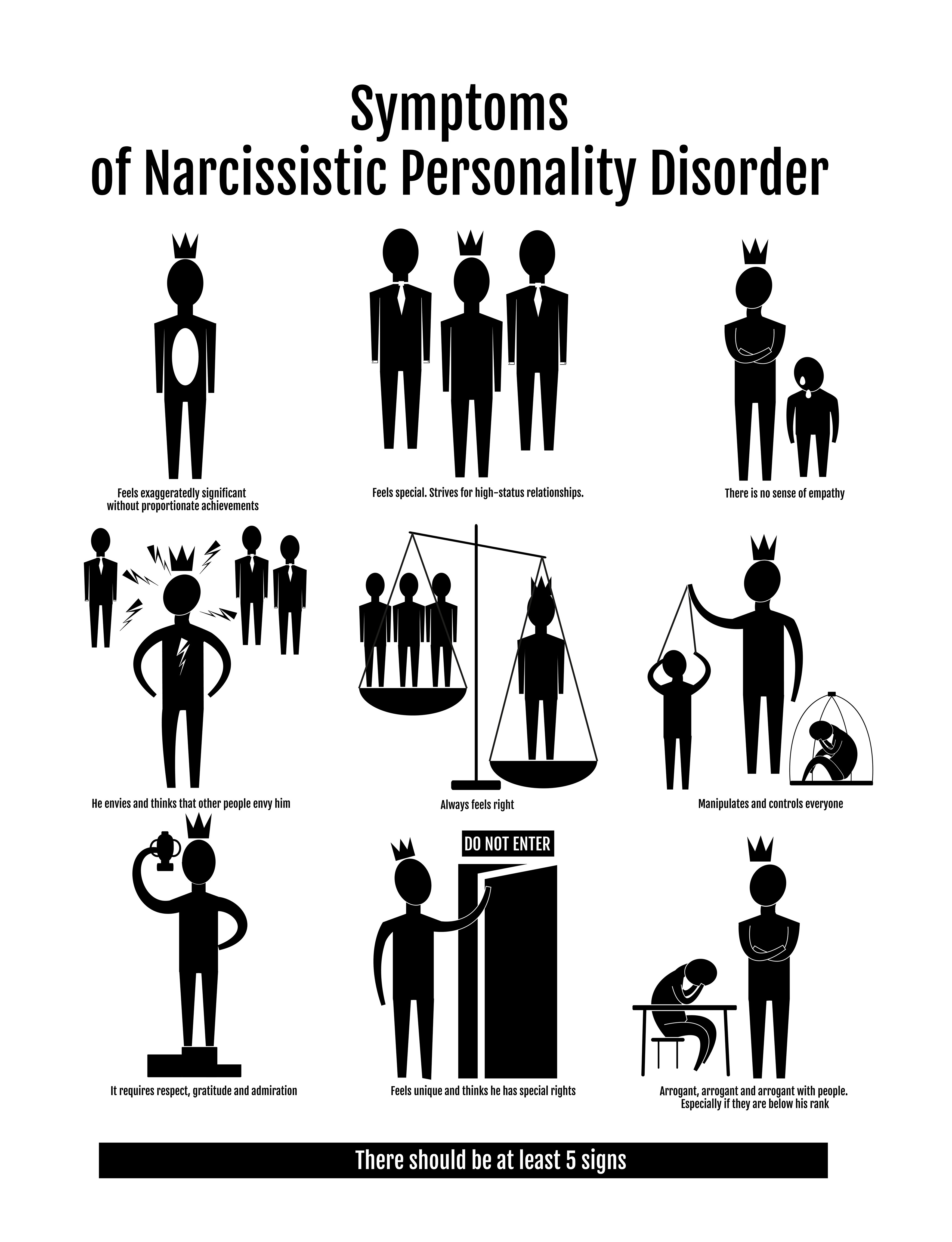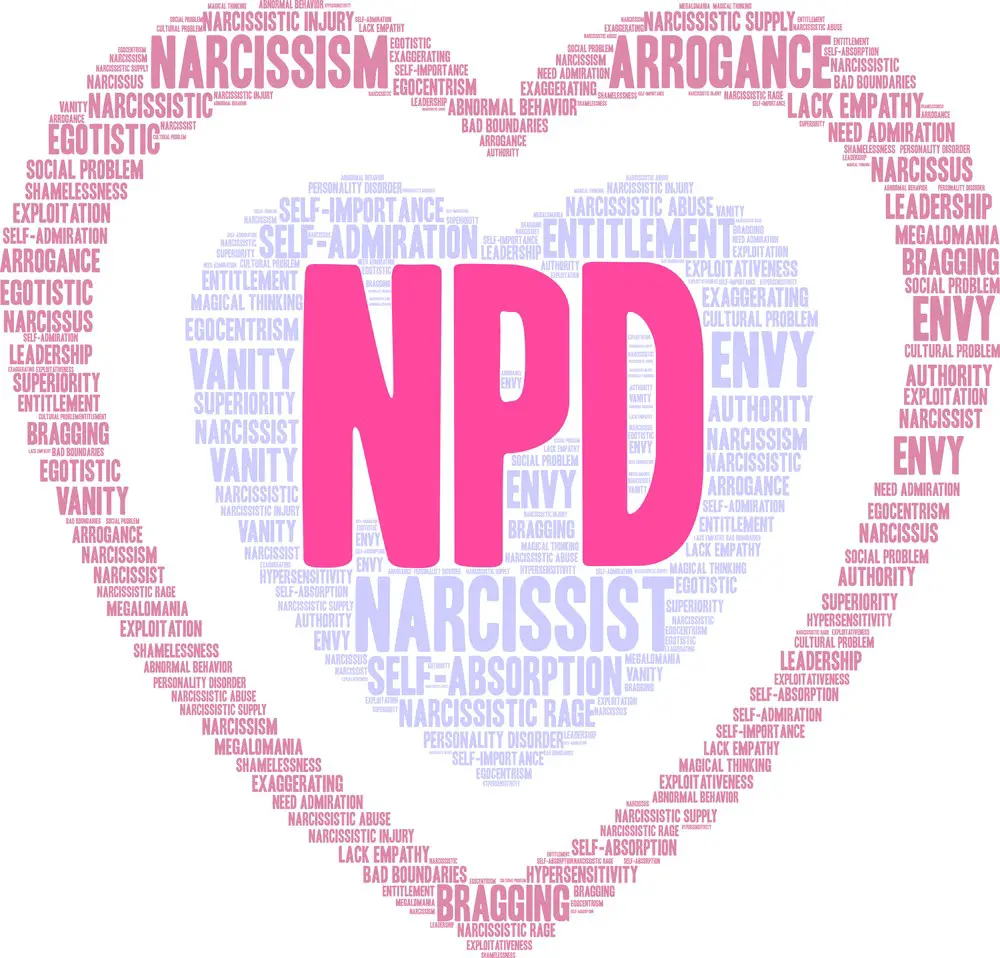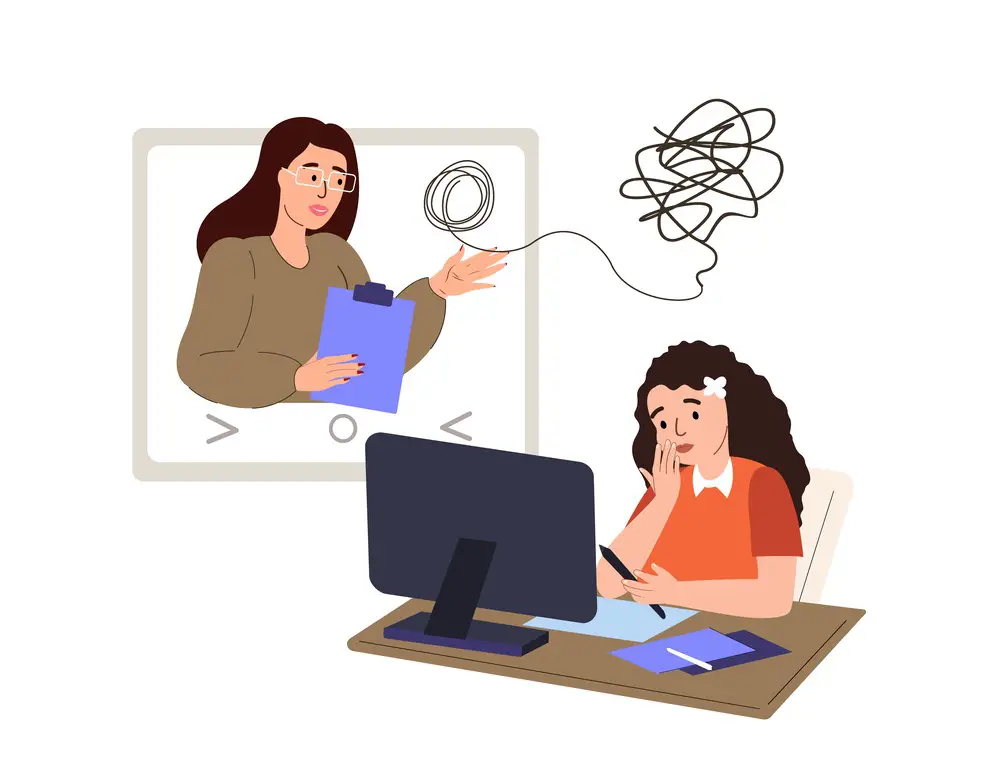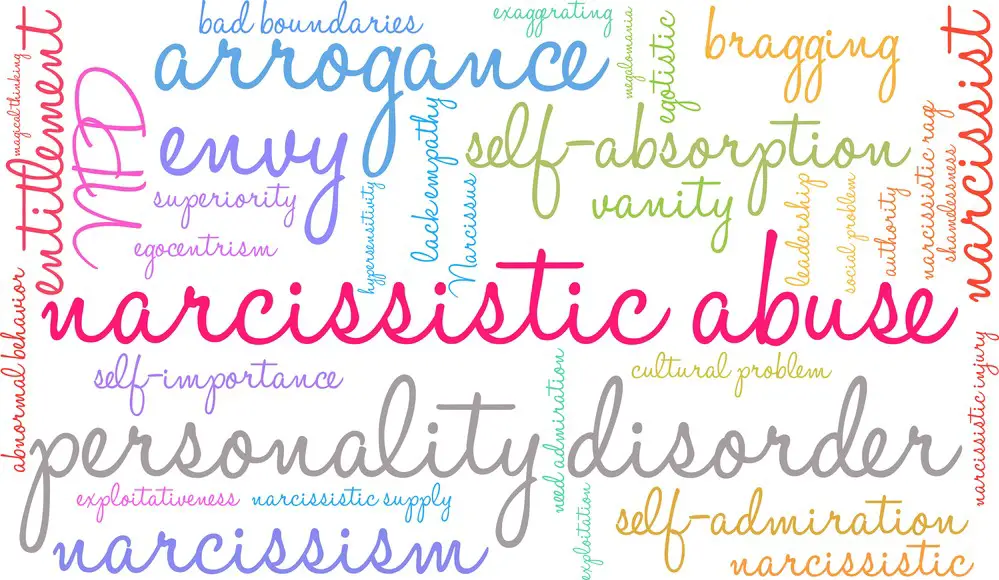Passive aggressive narcissists can be challenging to identify and manage in various settings, especially personal relationships. They possess the typical traits of a narcissist, including a heightened sense of self-importance and a lack of empathy for others. However, they also exhibit passive-aggressive behavior, which can manifest in subtle or not-so-subtle ways, making it difficult to address their actions directly. Understanding the nuances of passive-aggressive narcissism is crucial in recognizing its presence and navigating the complexities that arise in interactions with these individuals.
At the core of passive-aggressive narcissism is the unique blend of characteristics from passive aggression and narcissism. This combination creates a particularly challenging personality type, as the individual’s need for control and admiration is hidden beneath a veneer of seemingly harmless behaviors. Encountering a passive-aggressive narcissist can be a confusing and frustrating experience for those who find themselves as the targets of their actions, often leading to strained relationships and difficulty finding solutions.
Key Takeaways
- Passive aggressive narcissists possess narcissism and passive aggression traits, complicating interactions and relationships.
- Recognizing and understanding these individuals’ specific behaviors and responses is crucial for navigating encounters with them.
- Exploring root causes and seeking professional help can aid in coping strategies for narcissists and their victims.
 Understanding Passive Aggression and Narcissism
Understanding Passive Aggression and Narcissism
Passive-aggressive behavior and narcissism are two distinct personality traits that can sometimes intertwine, creating a unique challenge for those who interact with individuals displaying these characteristics.
Passive aggression is a coping mechanism expressed through indirect expressions of hostility, such as stubbornness, procrastination, or intentional inefficiency. This behavior often arises when the individual cannot express their anger or disappointment directly. They may feel powerless and use passive-aggressive tactics to regain control.
On the other hand, narcissism is a personality disorder characterized by inflated self-importance, a constant need for admiration, and a lack of empathy for others. Narcissists have an exaggerated sense of their talents and achievements and often manipulate or exploit others for their gain.
In some cases, individuals can exhibit both passive-aggressive and narcissistic traits. This combination can be particularly challenging, as the narcissist’s inflated self-worth may exacerbate their avoidance of confrontation. Additionally, their lack of empathy makes it difficult for them to recognize the impact of their behavior on others. As a result, they may resort to passive-aggressive tactics, such as subtly undermining a colleague’s work or giving backhanded compliments.
To navigate these complex dynamics, it’s important to recognize the signs of both passive aggression and narcissism. Common passive-aggressive behaviors may include:
- Making sarcastic or snarky remarks
- Hiding or “losing” important items
- Procrastinating or delaying tasks
- Giving the “silent treatment” or withholding affection
Meanwhile, signs of narcissism may include:
- Inflated self-worth or entitlement
- Exaggerating their achievements or talents
- Dominating conversations and seeking attention
- Manipulating, exploiting, or taking advantage of others
In conclusion, understanding the links between passive-aggressive behavior and narcissism is essential in navigating relationships and interactions with individuals who exhibit these traits. Recognizing these signs and adapting your approach can minimize the negative impact on personal and professional relationships.

Identifying a Passive-Aggressive Narcissist
A passive-aggressive narcissist combines two personality traits: narcissism and passive aggressiveness. Narcissists are known for being self-centered, craving the center of attention, and having a sense of superiority and grandiosity. On the other hand, passive-aggressive behavior often involves indirect expressions of hostility through actions that seem harmless on the surface.
While overt narcissism is easy to spot, covert narcissism – also known as introverted or vulnerable narcissism – is more difficult to identify. Covert narcissists possess similar traits as those with narcissistic personality disorder (NPD), but they display their narcissism in more subtle ways.
Covert narcissism is characterized by manipulation, insecurity, envy, and hypersensitivity. Unlike overt narcissists, covert narcissists are more likely to be shy and sensitive to criticism. They may also present themselves as victims, seeking sympathy and using the silent treatment to control others.
To identify a passive-aggressive narcissist, look for the following signs:
- Manipulation: They often use guilt trips, withhold information, or play the victim to control others and get what they want.
- Insecurity: Despite their apparent confidence, passive-aggressive narcissists are deeply insecure and seek validation from others.
- Envy: They may envy others’ achievements and believe they deserve the same recognition or more.
- Hypersensitivity: They are easily offended by perceived slights or criticism, even when it may not be intended as such.
- Shy behavior: Passive-aggressive narcissists may appear introverted and avoid drawing attention to themselves but still crave admiration from others.
While it’s important to recognize the signs of a passive-aggressive narcissist, it’s equally critical not to make exaggerated or false claims. Accurately identifying such individuals can facilitate healthier communication and personal growth.
 Impact on Relationships
Impact on Relationships
Passive-aggressive narcissists significantly impact relationships due to emotional manipulation and lack of empathy. Their behavior patterns often result in a toxic environment for those around them, creating feelings of insecurity and a constant need to walk on eggshells.
In their quest for control, passive-aggressive narcissists frequently use silent treatment to punish perceived slights. They are highly sensitive to criticism and are prone to react with anger or blame when confronted. They often manipulate their victims into feeling guilty or responsible for their negative emotions.
Moreover, passive-aggressive narcissists have difficulty establishing and maintaining healthy boundaries within relationships. They may invade personal space or insist on controlling aspects of their partner’s life where they have no right to do so. Their persistent attempts to exert control can lead to a damaging cycle of manipulation and victimization.
The lack of empathy inherent in a passive-aggressive narcissist’s personality further compounds relationship difficulties. They may display indifference or outright dismissal of other people’s emotions, making it extremely challenging for their partners or friends to express themselves authentically.
Relationships with passive-aggressive narcissists tend to be characterized by a constant struggle for emotional safety and mutual respect. The toxic behavior patterns these individuals display can affect the well-being of those interacting with them.
Narcissist’s Behavior and Reactions
Narcissistic individuals display a unique set of behaviors and reactions. They are driven primarily by a sense of grandiosity and a need for admiration. Narcissists may use manipulation tactics when challenged or faced with criticism to protect their fragile egos.
One common defense mechanism is narcissistic rage. When a narcissist’s self-image is threatened, they often lash out to regain control. This verbal or physical aggression is usually directed at the person they perceive as the source of their pain. The victim may be blamed for causing the narcissist’s unhappiness, even if they had no intention of doing so.
In addition to rage, narcissists also engage in more subtle forms of manipulation. They may use passive aggression to covertly express their displeasure, such as giving silent treatment or subtly sabotaging the efforts of others. This indirect approach allows them to avoid confrontation while controlling their environment. They tend to shift the blame onto others and avoid taking responsibility for their actions.
Destructive behaviors, such as creating unnecessary drama, are another aspect of the narcissist’s arsenal. By causing emotional upheaval, they can draw attention to themselves and manipulate others into siding with them. This cycle of drama and chaos is often accompanied by a lack of empathy for its consequences on the people around them.
In summary, narcissists utilize a range of behaviors and reactions to maintain their sense of grandiosity and control over others. These actions include aggression, manipulation, blame-shifting, passive-aggression, and destructive patterns. Recognizing these tactics and developing strategies to protect oneself from the potential harm from interactions with a passive-aggressive narcissist is important.
Exploring the Root Causes
Passive-aggressive narcissists often have complex roots that contribute to their behavior. Research suggests several factors that may contribute to the development of this personality disorder.
One potential factor is genetics. Some individuals may have a genetic predisposition towards narcissism, potentially making them more susceptible to developing narcissistic traits. Additionally, mental health issues like anxiety, depression, and other chemical imbalances can lead to passive-aggressive narcissistic behavior.
Childhood experiences may also play a significant role in developing passive-aggressive narcissism. Children who suffer emotional neglect, abuse, or inconsistent parenting may struggle to develop a sense of self-worth and emotional security. These experiences can lead to cognitive dissonance and a constant need for validation, which feeds into their narcissistic tendencies.
It is important to note that not all passive-aggressive narcissists will have experienced these factors. A combination of genetic predisposition, environment, and individual experiences influences the development of the disorder. Understanding the root causes of passive-aggressive narcissism can help facilitate better treatment approaches and provide empathy for those who struggle with this mental health issue.
 Seeking Professional Help
Seeking Professional Help
When dealing with a passive-aggressive narcissist, seeking professional help from a therapist or mental health professional is often recommended. These experts are skilled in recognizing and addressing covert narcissists’ complex emotional patterns and behaviors.
Therapists utilize traditional techniques and strategies to provide constructive criticism and correction. This enables the individual to understand better the intricacies of dealing with a covert narcissist, thereby facilitating positive change.
It’s essential for the person affected by the narcissist’s behavior to engage in constructive dialogue with the mental health professional. This ensures the therapist can understand the situation accurately and recommend tailored solutions.
Mental health professionals may also recommend group therapy or support groups, where the individual can connect with others who have experienced similar challenges, ultimately fostering understanding and growth.
Working with a mental health professional can be valuable for anyone affected by a passive-aggressive narcissist. With their guidance, coping mechanisms can be established, allowing individuals to navigate relationships with narcissists more effectively.
 Coping Strategies for the Victims
Coping Strategies for the Victims
Dealing with a passive-aggressive narcissist can be difficult, but one can employ various coping strategies to make life easier. First and foremost, victims should focus on their self-esteem. Narcissists often enjoy belittling others, causing their targets to question their worth. Victims should remind themselves of their strengths, accomplishments, and valuable qualities to counteract this.
Another key aspect is establishing and maintaining firm boundaries. It is essential to be clear about acceptable and unacceptable behaviors when interacting with a passive-aggressive narcissist. Setting these boundaries will help protect victims from manipulation and allow them to assert their independence.
Criticism, often a weapon wielded by narcissists, should be approached with a healthy attitude. Victims should recognize that not all criticism is constructive, and some may come from the narcissist’s desire to uphold their inflated self-image. Instead of internalizing these remarks, victims should consider the context and motive behind them.
Victims should avoid holding grudges, as this only prolongs suffering and validates the narcissist’s actions. Instead, acknowledge the experience, learn from it, and move forward. Healing from the emotional turmoil inflicted by a passive-aggressive narcissist is challenging but possible with time and self-reflection.
Acknowledging one’s shame can also help detach from a narcissist’s behavior. Understand that feelings of shame are natural but do not define one’s worth. Victims can free themselves from narcissists’ control by processing these emotions and accepting themselves wholeheartedly.
In addition to the above strategies, maintaining a constructive and positive attitude can greatly benefit victims. Remaining solution-oriented and focusing on personal goals can help keep victims grounded and strengthen their resilience. This approach ensures they do not lose sight of their needs and desires.
Finally, it’s important to know that narcissism exists on a spectrum. Many people exhibit some narcissistic traits without being fully passive-aggressive narcissists. Recognizing this can help victims to remain cautious without becoming overly paranoid. By understanding the complexities of narcissism, victims can better evaluate their relationships and make informed decisions about how best to cope.
In summary, victims can better navigate their relationships with passive-aggressive narcissists by employing various coping strategies, such as focusing on self-esteem, establishing boundaries, and maintaining a constructive attitude. These measures can empower them to take charge of their emotional well-being in challenging situations.
Narcissist’s Perception and Self-awareness
Narcissists are often self-centered individuals who believe that the world revolves around them. They strive to be the center of attention, fueled by a sense of entitlement that they deserve admiration and praise. This overwhelming focus on themselves often turns them blind to the true feelings and opinions of others.
Insecurity and inadequacy drive the narcissist’s actions. Though they may appear confident, they are haunted by a persistent fear of not being good enough, and their self-protection mechanisms may be in overdrive. To cope with these deep-seated fears, they craft a fantasy narrative in which they are the protagonist. This narrative filters their understanding of the world, reshaping reality to fit their perceived image.
While they may occasionally exhibit unselfish behavior or even make self-deprecating statements, this is typically a strategic move to reinforce their hero status. By appearing altruistic or humble, they can gather further attention and easily disarm anyone suspecting them of ulterior motives.
Narcissists have poor self-awareness and often feel threatened by any perceived challenge or attack on their idealized self-image. As a result, they can be highly sensitive to criticism, giving them a low threshold for engaging in passive-aggressive behaviors to defend their ego.
In summary, the passive-aggressive narcissist’s perception is deeply shaped by their self-centeredness, entitlement, and need for admiration. Their insecurity and fundamental sense of inadequacy fuel a difficult relationship with themselves and those around them. Their actions and responses, while appearing outwardly clear, are built on a fragile fantasy narrative that they are desperate to uphold.
Frequently Asked Questions

How do you handle a passive-aggressive narcissist in a relationship?
Handling a passive-aggressive narcissist in a relationship requires patience, effective communication, and setting boundaries. It’s important to avoid reacting emotionally to manipulative tactics and instead calmly discuss concerns and problems. Establishing boundaries for acceptable behavior and openly communicating consequences is essential in maintaining control of the relationship dynamics.
What are some telltale signs of covert narcissism?
Covert narcissism signs include excessive self-criticism, passive-aggressive behavior, feelings of entitlement, chronic feelings of emptiness, and hypersensitivity to criticism. Covert narcissists may also exhibit intense envy, often disguised as humility or self-sacrifice. Their passive-aggressive tendencies make them skilled at playing the victim and garnering sympathy from others.
How does a passive-aggressive narcissist differ from a typical narcissist?
A typical narcissist tends to exhibit overtly aggressive and domineering behavior. In contrast, passive-aggressive narcissist employs indirect, underhanded tactics to manipulate and control their interactions with others. While a typical narcissist may seek attention and admiration directly, a passive-aggressive narcissist manipulates situations to maintain the illusion of being a victim or a martyr.
What are common behaviors exhibited by passive-aggressive narcissists?
Passive-aggressive narcissists exhibit behaviors such as giving backhanded compliments, silent treatment, feigning innocence or ignorance, avoiding confrontation, sabotaging progress, and undermining others’ success. These behaviors are often masked with a façade of kindness or sympathy, making it challenging to pinpoint their toxic motives.
What strategies can help in dealing with a passive-aggressive narcissistic parent?
To deal with a passive-aggressive narcissistic parent, maintaining healthy boundaries is key. Express concerns and emotions without antagonizing them further. Seek support from friends, relatives, or professional therapy to gain insight into their behavior and develop coping mechanisms. Additionally, practicing self-care and focusing on personal growth is important, despite the parent’s negative influence.
How can you identify the stages of a covert narcissist relationship?
A covert narcissist relationship typically progresses through several stages. Initially, the narcissist may idealize their partner, presenting themselves as charming and attentive. Over time, however, the relationship may devolve into a pattern of devaluation, where the narcissist undermines and criticizes their partner. Eventually, the relationship may reach a stage of discard, where the narcissist abruptly abandons the relationship for a new source of narcissistic supply.
As someone who has dealt with a passive-aggressive narcissist in a difficult custody battle, I understand the challenges of navigating a relationship with someone who constantly undermines and manipulates. While I take Lexapro to manage my mental health, I’ve also learned strategies for dealing with passive-aggressive behavior and narcissistic tendencies.
Despite the challenges posed by my ex-partner’s severe narcissism and her complete alienation from our children, I remain committed to fighting for their well-being and doing what I can to manage my mental health. It can be incredibly difficult to deal with someone who constantly weaponizes our kids and refuses to follow court orders or agreements.
To support and guide others facing similar challenges, I write articles about mental health, divorce, and narcissism. I hope to provide resources and strategies for dealing with passive-aggressive behavior and navigating difficult relationships with narcissistic individuals. With the right tools and support, anyone can overcome their mental health challenges and find a path toward healing and recovery.
- The Burnout Epidemic: Why We’re All Feeling Overwhelmed and How to Cope - February 9, 2024
- How to Live a Peaceful Life - February 9, 2024
- Useful Information You Should Know About Health Screenings - February 8, 2024
This site contains affiliate links to products. We will receive a commission for purchases made through these links.


 Understanding Passive Aggression and Narcissism
Understanding Passive Aggression and Narcissism Impact on Relationships
Impact on Relationships Seeking Professional Help
Seeking Professional Help Coping Strategies for the Victims
Coping Strategies for the Victims

